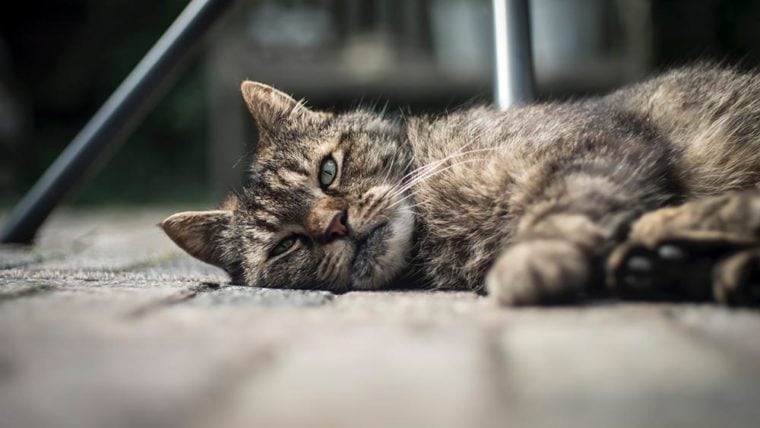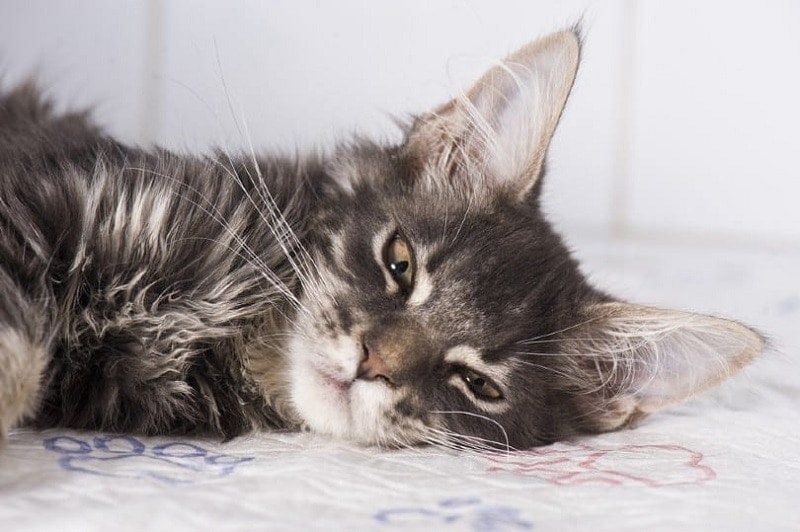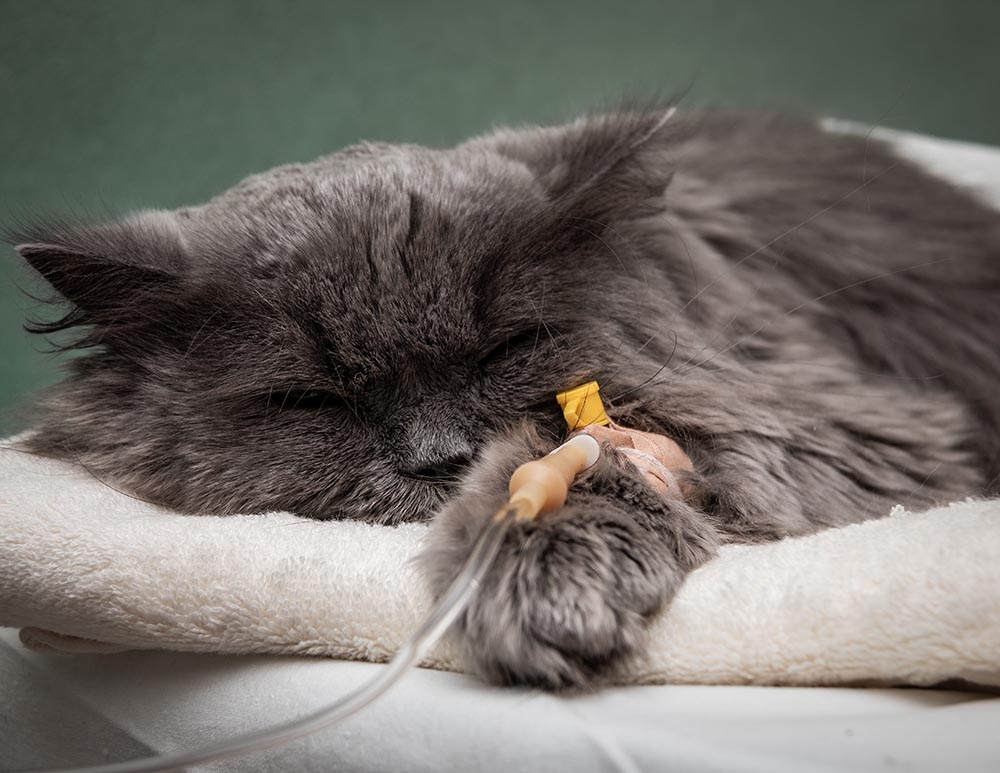
Felines can be pretty stoic creatures. We’ve all seen our cats hide somewhere when they’re not feeling well rather than giving us a heads up about it so we can help. Ever wondered why they do that? It’s because pain makes them seem weak, which makes them easier prey to predators (of course, there aren’t any likely predators in our households; blame those innate kitty instincts!).
You might have also wondered just how cats feel pain? Is it the same way we do? It is! Cats and humans physiologically process and feel pain in the same way since we both have receptors in the skin and other tissues that tell the brain when we come into contact with stimuli.
What Kinds of Pain Do Cats Feel?
Because cats and humans have similar nervous systems and brains, they feel the same types of pain we do: acute, chronic, and inflammatory.

Acute
Acute pain is the immediate sort of pain you experience when you step on a nail or slam the door on your fingers. It’s the right then and there, “Ouch, that really hurts!” type of pain. It’s meant to protect the body by reducing the amount of damage that can be done, which is why one starts limping or holding those fingers very still after an accident.
Chronic
Chronic pain is the type of pain that continues for 3 months or more. Think arthritis pain or tendonitis; things like that.
Inflammatory
Inflammation occurs in your body when the immune system is activated causing chemical and physiological changes in the tissue. This can happen in response to something like an injury, bacterial or other infections, surgery, or even when nothing is wrong.

How Can I Tell My Cat is in Pain?
Since our kitty friends are fond of hiding when they are in pain, it’s a good idea to know what signs to look for so you can get them to a vet. Here’s what you should be watching for:
Conclusion
When it comes to the way cats feel pain, it’s pretty similar to humans. This is because our nervous systems and brains are nearly identical. So, cats are able to feel acute, chronic, and inflammatory pain like we do.
Since cats tend to hide when they’re in pain, though—as their instincts tell them it will make them look weak to predators—it’s up to us to figure out when they’re dealing with an injury. There are several signs that can tell you whether your feline pal is feeling pain, such as uncommon aggression, more vocalization, and unusual behavior. If your kitty is acting outside the norm, it might be a good time for a vet visit to ensure they’re feeling their best.
See also:
Featured Image Credit: Jacco Rienks, Unsplash







